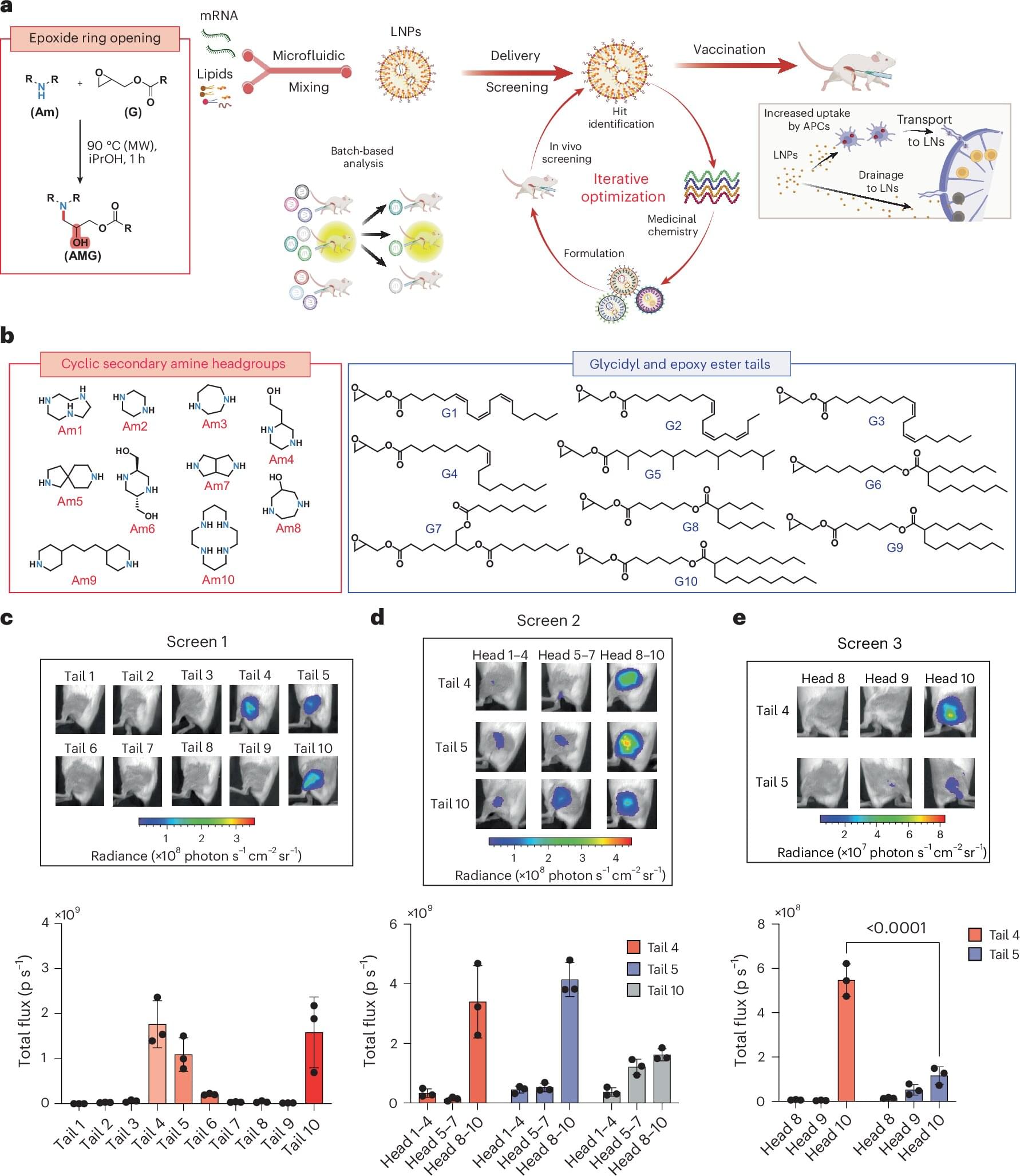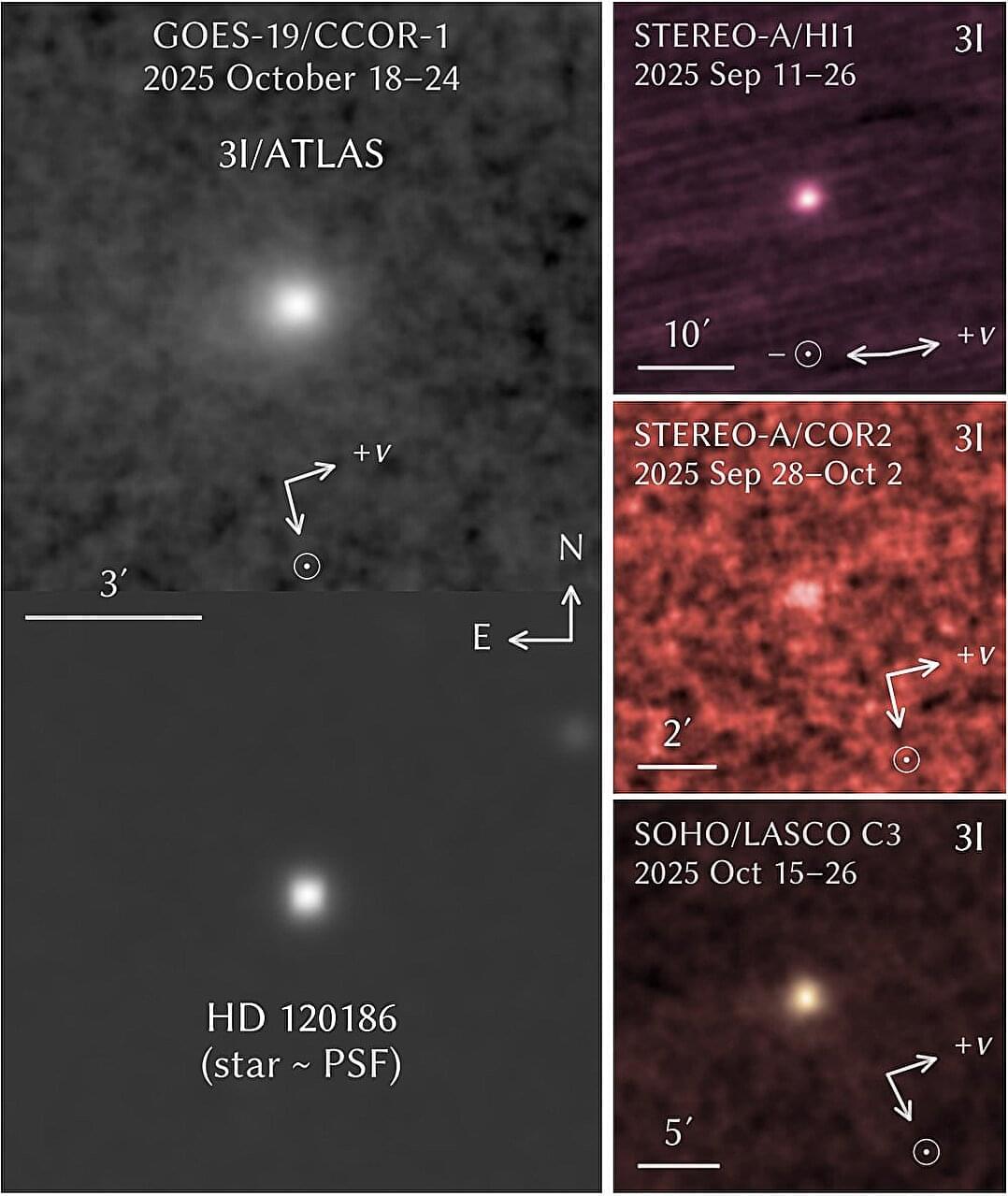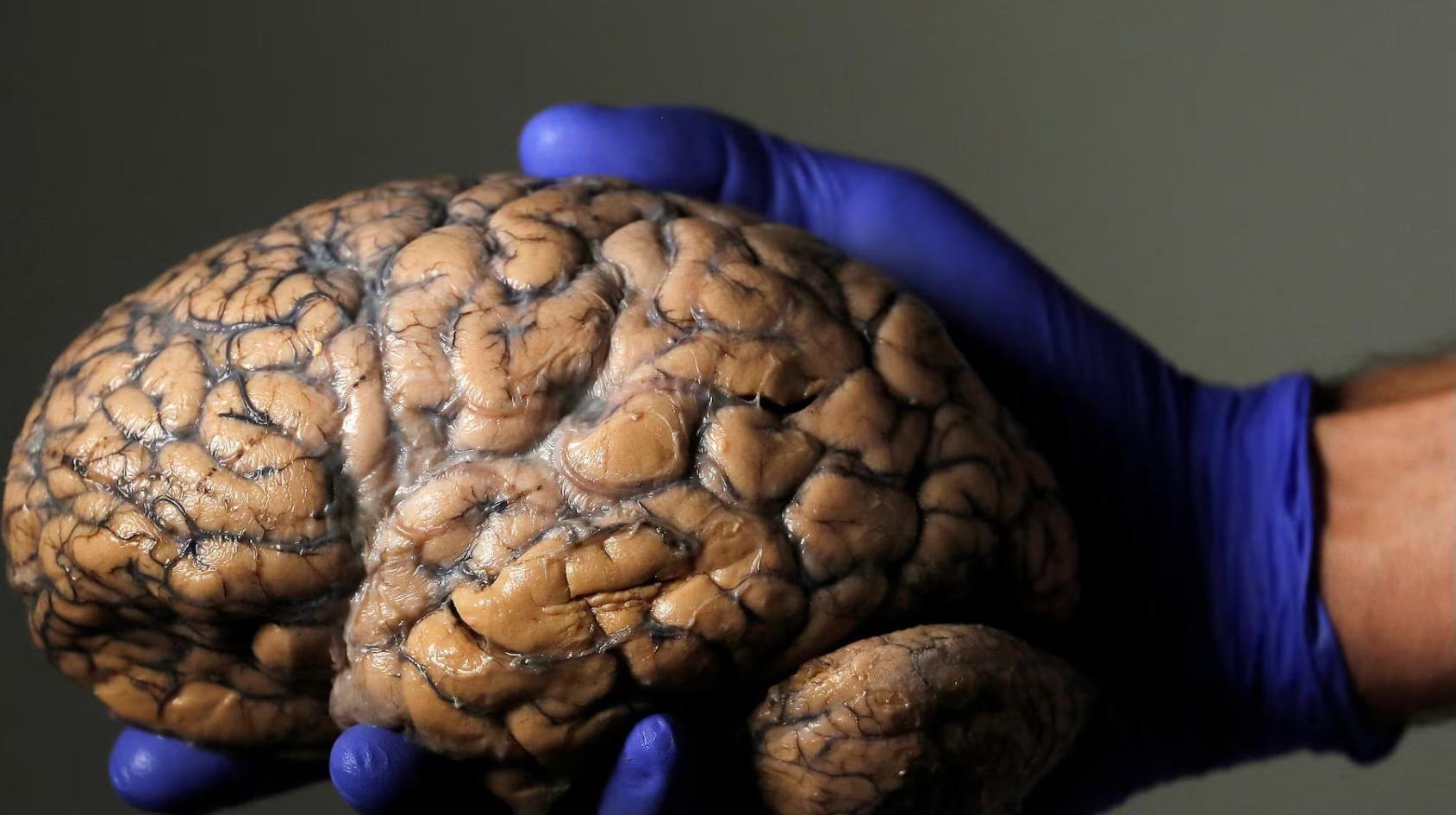New research shows humans can sense buried objects through sand, offering clues for advanced robotics and safer exploration.



New research has updated the understanding of how sugars, known as glycans, help immune cells move into the skin in the inflammatory disease, psoriasis.
The paper titled “Leukocytes have a heparan sulfate glycocalyx that regulates recruitment during psoriasis-like skin inflammation” was published in the journal Science Signaling.
The lead authors are Dr. Amy Saunders from Lancaster University and Dr. Douglas Dyer from the University of Manchester, with their joint Ph.D. student, Dr. Megan Priestley (now at MIT) as the first author.

The ratio of a person’s waist measurement compared to their height is more reliable than body mass index (BMI) at predicting heart disease risk, according to new research from UPMC and University of Pittsburgh physician-scientists.
This finding, published in The Lancet Regional Health—Americas, could reshape how clinicians and the public assess cardiovascular risk, especially for people who don’t meet the classic definition of obesity.
The team analyzed data from 2,721 adults who had participated in the Brazilian Longitudinal Study of Adult Health (ELSA-Brasil). The individuals had no cardiovascular disease at baseline and were followed for more than five years.

A new delivery particle developed at MIT could make mRNA vaccines more effective and potentially lower the cost per vaccine dose.
In studies in mice, the researchers showed that an mRNA influenza vaccine delivered with their new lipid nanoparticle could generate the same immune response as mRNA delivered by nanoparticles made with FDA-approved materials, but at around 1/100 the dose.
“One of the challenges with mRNA vaccines is the cost,” says Daniel Anderson, a professor in MIT’s Department of Chemical Engineering and a member of MIT’s Koch Institute for Integrative Cancer Research and Institute for Medical Engineering and Science (IMES).



It may look like an ordinary satellite, but the recently launched Haven Demo is a major step toward the first commercial space station. Built by Vast, the 1,100-lb (500-kg) uncrewed spacecraft will test core systems of the planned Haven-1 outpost.
Launched on November 1, 2025 atop a SpaceX Falcon 9 rocket, Haven Demo was one of 18 shared payloads for a variety of customers that formed the Bandwagon-4 mission. The satellite is scheduled to remain in orbit for six months during which it will carry out a series of tests to reduce the risk of failure when Haven-1 is put into orbit in May of next year.
True, the Haven Demo doesn’t look like any sort of space habitat. There’s no balloon-like module for astronauts to hang out in, but it does have propulsion systems, flight computers, navigation and guidance systems, communication units, and power systems similar to those that will be used on Haven-1. The Haven Demo will not only validate these systems in orbit, but it will also test the ground network and mission operations infrastructure back on Earth.

An interstellar comet that originated outside our solar system has just made its closest pass to the sun, brightening dramatically and rapidly as it did so. The reason for the sudden extreme activity is currently puzzling scientists.
A stranger in the neighborhood The latest visitor to our corner of the galaxy was first spotted on July 1, 2025, by astronomers and officially named comet 3I/ATLAS. It’s only the third interstellar comet ever recorded and was calculated to be on a course that would take it close to the sun without plunging into it.
As the object neared its closest point to our star (perihelion), the immense solar glare made it virtually impossible for Earth-based telescopes to see it. So astronomers turned to space-based solar observatories like SOHO, STEREO-A and GOES-19 to keep a watchful eye.

The researchers said they have completed a first draft of atlases of the developing human brain and the developing mammalian brain.
The research focused on human and mouse brain cells, with some work in monkey brain cells too. In their initial draft, the scientists mapped the development of different types of brain cells — tracking how they are born, differentiate and mature into various types with unique functions. They also tracked how genes are turned on or off in these cells over time.
The scientists identified key genes controlling brain processes and uncovered some commonalities of brain cell development between human and animal brains, as well as some unique aspects of the human brain, including identifying previously unknown cell types.
Scientists have reached a milestone in an ambitious initiative to chart how the many types of brain cells emerge and mature from the earliest embryonic and fetal stages until adulthood, knowledge that could point to new ways of tackling certain brain-related conditions like autism and schizophrenia.